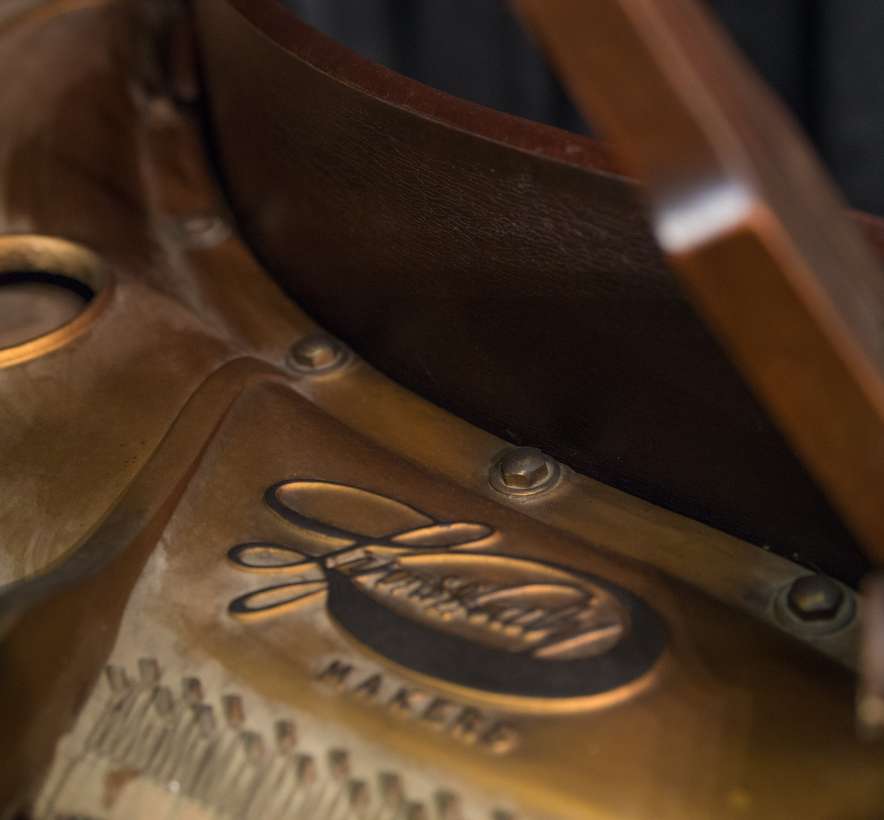

- Lyon and healy wheelock piano value serial numbers#
- Lyon and healy wheelock piano value serial number#
- Lyon and healy wheelock piano value pro#
These instruments could play the piano melody (hence the name C-Melody) without the problem of transposing.

To meet this 'home entertainment' demand, the larger American saxophone manufactures began building soprano and tenor saxophones in the key of C. However, saxophone music was not easy to come by, especially as an accompaniment to the piano, guitar and vocal music favored at the parties of the day. Many people played instruments such as the saxophone, following the big-band craze. Piano and vocal sheet music was easily available. In the 20's and 30's, when families and friends got together, they usually gathered around a piano and sang songs. Television was in its infancy, and still a curiosity rather than a part of everyone's dreams. Electrical lighting was in most homes, but there were few electrical entertainment devices, except of course, the radio. Rather than repeat my answer to the often asked inquiry about the history of the C-Melody verbatim, I'm going to paste a brief history of the C-melody penned by my friend Alan here for your perusal and the benefit of any other similar questions in the future : So - During the 1920's and 1930's, home entertainment was very different than it is today.

Value is in the $200 ball park due to great availability of extant examples, and lack of interest. I will tell you that by the model design in question, and the fact that C-melodies were no longer being made by the early 1930's, your horn was definitely made in the 1920's. date of manufacture lists for brand name horns cannot provide the year of manufacture for these second line horns.
Lyon and healy wheelock piano value serial number#
As a result, the published serial number vs. They kept a separate in house catalog of their stencil produced horns, and sadly most are no longer available.
Lyon and healy wheelock piano value serial numbers#
Stencils serial numbers typically do not fall into line with those maker marked horns from most manufacturers. If you do decide to display it on a wall DO NOT make the terrible mistake of drilling holes in the horn or other such damage a la TGI FRIDAYS wall hangings, PLEASE! Here is one of many sources for a non invasive wall mount for the purpose: Doing so would make it attractive for display, but keep it fully restoreable and in original condition for posterity. You might carefully polish the silver plate with a good, non abrasive cleaner such as Hagerty's. Rather like asking if you can fix your own Swiss pocket watch as a complete neophyte.

I am able to restore and work on my own horns, and can attest to the long road it takes to be able to do it properly. Learning the ropes as a saxophone tech takes many years and much training. Any money put into it is warranted only by a labor of love, as you would be upside down monetarily should the intent to flip for profit be the motive.Īs a non player (I'm assuming), it would be that much harder to restore this yourself. I would encourage you to keep and cherish the horn as both a memento of your relative, as well as a remembrance of the golden age of Jazz and the saxophone. Stencils nearly always worth less than their maker branded brethren, and as I said, C-Melodies are obsolete. Your horn appears to be one such example of Lyon Healy made by Martin (no relation to the guitar maker of the same name). Lyon and Healy DID make some of their own horns in the early 1900's, including saxophones, but they couldn't really compete with the big names, so they decided to stencil some horns, but a little differently: they decided to DESIGN some of their own horns and have other companies make them".
Lyon and healy wheelock piano value pro#
Stencils are generally variations on the major manufacturer's pro horns, but lack certian features (for example, Conn stencils lack rolled tone holes), were made with older tooling (for example, Buescher Elkharts were made with the Buescher True Tone tooling - which was rendered obsolete about 10 years earlier), or suffered from poor quality control. On receipt of the horn, the 2nd party would literally take a stencil and engrave their own design on the horn. The question is: when is a stencil not a stencil?Ī good description from my colleague Pete Hales will suffice as an explanation: "The standard definition of a STENCIL is a horn made by a major manufacturer for another company or storefront. You have what is known as a "stencil" horn.


 0 kommentar(er)
0 kommentar(er)
